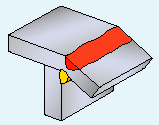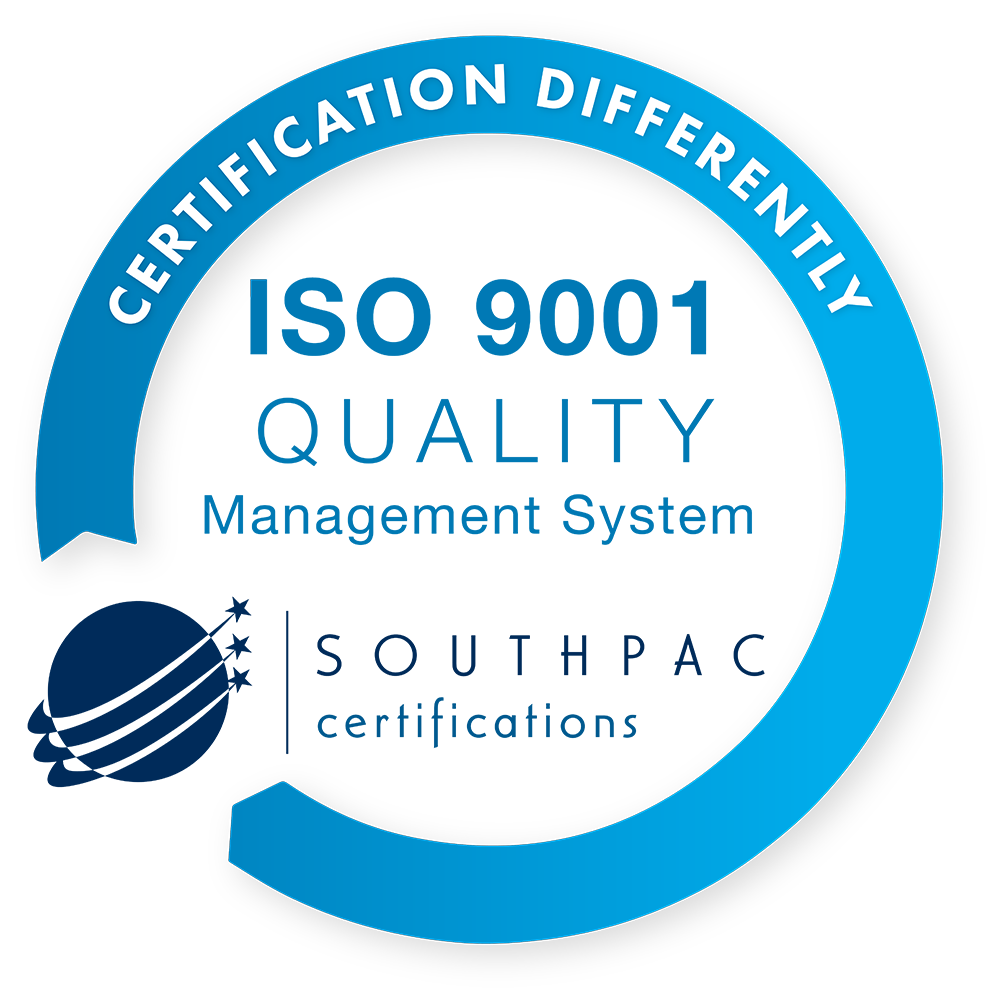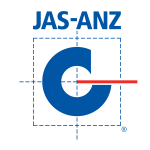

When it comes to welding, there’s a lot more than just fusing metal together. Heating metal can cause unexpected distortions, and keeping those welded pieces straight is a crucial challenge in the industry. Let’s dive into the science of post-weld bending and how to correct it.
🔬 Why Post-Weld Distortion Happens:
When metal is welded, the localized heat from the welding process causes the material to expand in the areas directly affected by the weld. As the molten metal cools and solidifies, it contracts. This uneven cooling and contraction can lead to stress within the welded piece, resulting in warping or distortion.
This is particularly problematic when precision is required, where even slight distortions can affect the overall integrity and alignment of the welded structure.
🛠️ Post-Weld Straightening Methods:
To address these distortions, several techniques are used to bring the metal back into shape:
- Heat Treatment: Heat treatment is one of the most effective methods for relieving the stresses caused by welding. By applying controlled heat to the entire piece, it helps equalize the temperature distribution across the material, allowing the metal to relax and return to a more uniform state. This process, known as stress relieving, reduces the internal stresses that cause warping and bending.
- Mechanical Straightening: Sometimes, physical methods are employed to correct distortion. This could involve techniques like pressing, bending, or pulling the metal into the correct position. These methods may involve using hydraulic presses or other mechanical tools to gradually straighten the piece without causing further damage to the weld.
- Cold Stretching or Shrinking: In cases where heat treatment is not an option or would affect the material’s properties, cold stretching (or shrinking) may be used. This technique involves using mechanical pressure to stretch or shrink specific areas of the welded structure to counteract the distortion.
- Tacking and Temporary Supports: During the welding process, engineers often use tacking or temporary supports to hold the metal in place as the weld progresses. By making strategic tack welds in various locations, it helps to control the deformation as the workpiece cools. This minimizes the degree of distortion and ensures a more controlled final shape.
- Controlled Welding Techniques: The way welding is done can also influence distortion. Techniques like preheating the metal before welding, controlling the heat input, and multi-pass welding (where the weld is built up in layers) can reduce the chances of distortion. Additionally, welding in specific patterns or directions can help distribute the heat more evenly, limiting warping.
Understanding the challenges and solutions to post-weld distortion is essential for engineers and fabricators who want to ensure that welded structures are not only strong but also precise. Keeping metal straight after welding is as much about technique as it is about science. 🔩
#Engineering #Welding #Metalworking #PostWeldStraightening #Manufacturing #Distortion #WeldingTechniques #MaterialsScience #StressRelief

